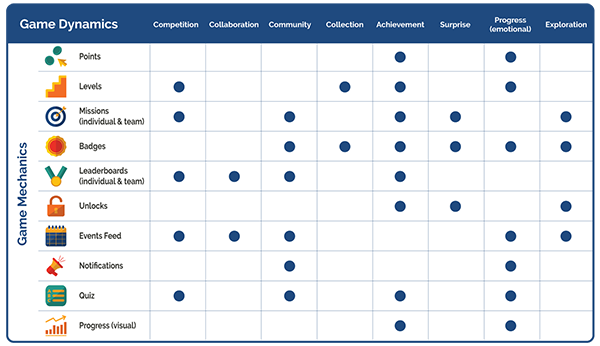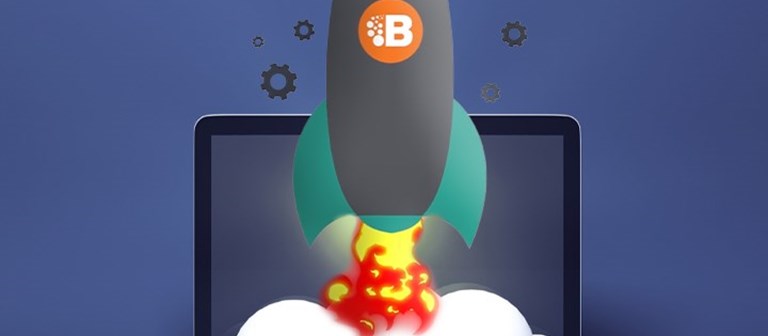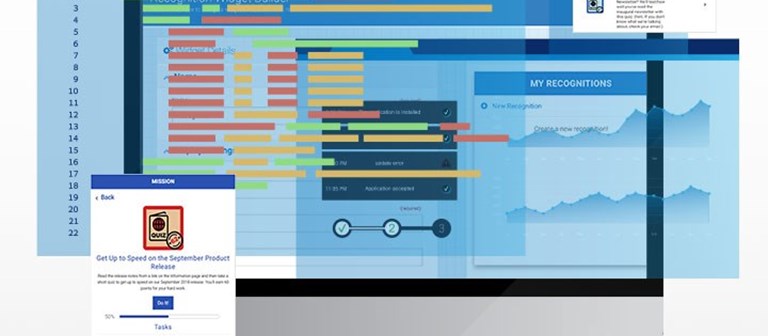Game mechanics and game dynamics
Game mechanics are the rules and rewards that form the building blocks of gameplay and create an engaging experience. BI WORLDWIDE strategically and tactically deploys specific game mechanics to make gamification challenging, fun and rewarding.
Scroll Down
What are game mechanics?
The essence of gamification is the application of game mechanics to "gamify" an activity. Game mechanics are the rules and rewards that build the foundation of gameplay. When strategically and tactically deployed in accord with game dynamics, it makes gamification challenging, fun and rewarding.
We've identified the following ten primary game mechanics, which make the foundation of gamification:
What are game dynamics?
Game dynamics refer to a set of emotions, behaviours and desires found in game mechanics that resonate with people and are used with game mechanics to foster engagement and motivate participants.
Examples of game dynamics include:
- Competition
- Collaboration
- Community
- Collection
- Achievement
- Surprise
- Progress (emotional)
- Exploration
These emotions are the compelling desires and motivation that trigger behaviour economics and intrinsic motivation. Overall, these emotions are the motivations that not only define, but propel Game Dynamics.

Partner with a leader in gamification
BI WORLDWIDE expertly understands the compelling desires, motivation and data-driven insights that help fuel successful gamification programs. As an innovator with enterprise gamification, we have the experience and expertise of working with organisations across many verticals to drive inspire engagement with measurable results.
Let's explore how gamification can help your business level up all the way to the top.
Drive engagement with the leading enterprise gamification platform
enquiries@au.biworldwide.com | +61 2 89085600
Solutions powered by gamification

Bunchball Nitro: Enterprise-level gamification
Bunchball Nitro is BI WORLDWIDE's enterprise engagement software. Engage your users with the most secure and scalable gamification platform available.

Bunchball Go: Mobile engagement and performance hub
Engage and motivate employees and channel partners not only where they are, but wherever you want them to be. Enjoy the same desktop standards with the best mobile gamification experience available.

Bunchball Widgets: Gamification elements on your terms
Rather than getting your users to adopt a new system, Bunchball's Gamification Widgets allow you to transform your tools to drive motivation towards your program defined goals.
Learn how gamification can engage your audience.












